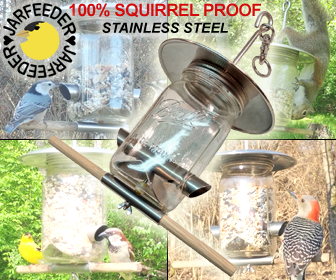| « Israeli Business As Usual | Larry Summers: Wall Street's Man » |
Monsanto can still sue farmers for GMO contamination event
By Rady Ananda
Activist Post

At the Justice Begins with Seeds biosafety conference held in Seattle August 2-3, it was announced that a recent court decision prevented Monsanto from suing farmers for patent infringement when their crops become genetically contaminated with lab-engineered patented seeds.
But the ruling is insufficient to protect farmers in the real world, where contamination events are often much higher than only one percent of a field, as specifically prescribed in the ruling.
The June 2013 decision dismissing OSGATA v. Monsanto discussed in the letter by Jim Gerritsen, president of the Organic Seed Growers and Trade Association, protects farmers from being sued for “inadvertent contamination” of “approximately one percent” of their crops.
Gerritsen sent the letter in lieu of his appearance.
That letter, reproduced at Good Food Web, has now gone viral, leading to some misunderstanding about the significance of the court’s decision and the protections afforded US farmers.
The court did bind Monsanto to a statement made on its website that it would not sue growers, seed sellers or organizations for inadvertently using or selling trace amounts of genetically modified seeds. The court defined “trace” this way:
“While the USDA has not established an upper limit on the amount of trace contamination that is permissible, the appellants argue, and Monsanto does not contest, that ‘trace amounts’ must mean approximately one percent (the level permitted under various seed and product certification standards). We conclude that Monsanto has disclaimed any intent to sue inadvertent users or sellers of seeds that are inadvertently contaminated with up to one percent of seeds carrying Monsanto’s patented traits.”
The court added, however, that anyone who replants or sells “even very small quantities of patented transgenic seeds without authorization may infringe any patents covering those seeds.” [emphasis added]
The court specifically stated: "For purposes of this appeal, we will assume (without deciding) that using or selling windblown seeds would infringe any patents covering those seeds, regardless of whether the alleged infringer intended to benefit from the patented technologies." [emphasis added]
On the farmers’ side, the court did not firmly decide the issue of inadvertent contamination, leaving its assumption ripe for further litigation.
Please support my work by reading the rest of this article at Activist Post. Thanks!
No feedback yet



